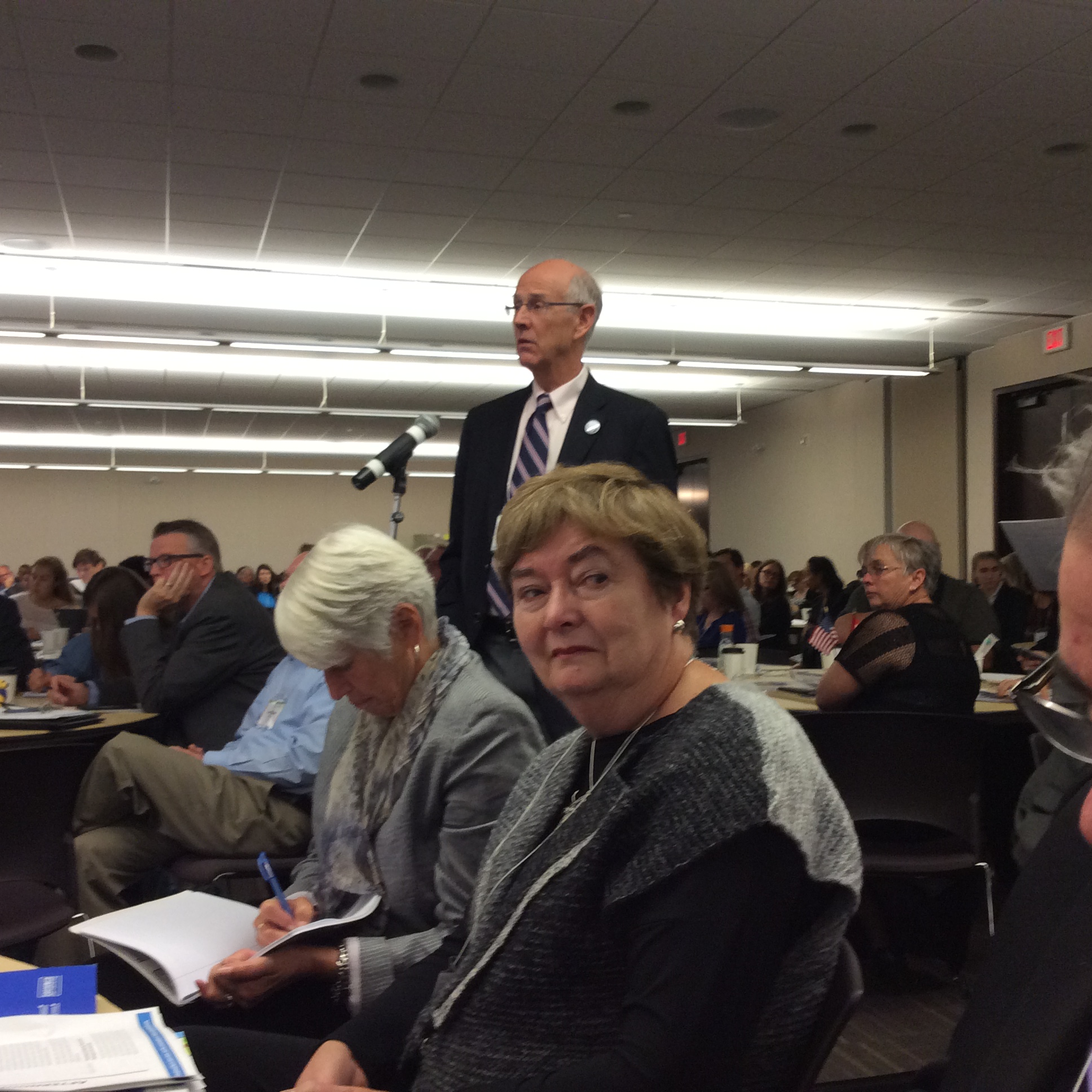A group of mayors, business leaders, and environmental non-governmental organizations with an interest in Great Lakes and freshwater have requested the federal government to develop a bi-national vision and roadmap for the Great Lakes-St. Lawrence River ecosystem and economy.
The proposal was announced during the first collaborative Great Lakes St. Lawrence Day on Parliament Hill.
Denis Coderre, mayor of Montreal and the new chair of the Great Lakes and St. Lawrence Cities Initiative said, “By coordinating our efforts and our investments, we will transform the Great Lakes and St. Lawrence Region into a global leader in climate action, sustainability and economic performance.”
Mark Fisher, the president and CEO of the Council of the Great Lakes Region, added, “The region of the Great Lakes and St. Lawrence River is a vital trade corridor and ecosystem shared by Canada and the United States. In fact, it holds 84 per cent of North America’s surface freshwater and supports USD$5.8 trillion in annual economic activity. Yet we do not have a shared vision and plan to build a strong economy in this region while preserving it for future generations.”
The group are calling on the federal government to work collaboratively with stakeholders to undertake strategic examination of programming related to the protection and promotion of the Great Lakes and St. Lawrence environment and economy, including ecosystem preservation and protection against invasive species.
The collaborative includes the Great Lakes St. Lawrence Cities Initiative, Council of the Great Lakes Region, Great Lakes Fishery Commission, Freshwater Future, Strategies Saint Laurent, Alliance for the Great Lakes, Canadian Environmental Law Association (CELA), le Regroupement des organismes de bassins versants du Québec, and Environmental Defence Canada
Louis Charest, chair of Stratégies Saint Laurent, an organization representing the committees of the Zones d’intervention prioritaires (ZIPs), added, “The proposed coordinated and consultative approach must serve to support the existing activities of organizations on the ground, and provide additional support for work needed in the face of challenges threatening this immense and precious ecosystem.”













